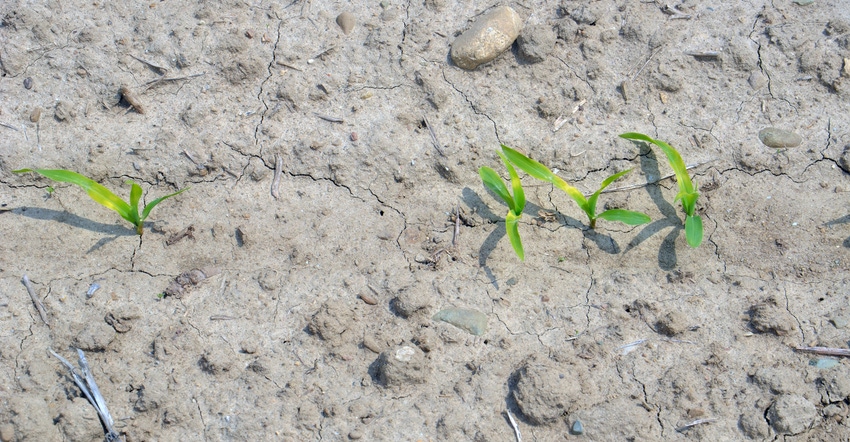
It was a good day to be planting corn. Soil conditions were right, and the planter appeared to be operating perfectly. All was right with the world. Ron Nolting, Acton, figured it was a great day to be alive and well, and farming in Indiana.
Then he noticed that the planter monitor display light representing Row 7 had turned red, indicating a problem. He quickly did some checking of other parameters. Overall planting accuracy had dropped a tad. Apparently something was wrong. Nolting stopped and shut down the planter. He knew right where to begin looking for the problem — on Row 7.
Nolting operates a Kinze planter that he converted from a finger-pickup to a vacuum planter. Looking over the Row 7 planter unit on the outside, he didn’t see anything wrong. He grabbed an empty seed sack from his pickup and emptied the seed box on that row. He found the problem.
“There was a tiny strip of paper, maybe an inch long, in the unit,” he recalls. “It likely was from tearing open a seed bag and dumping in seed. It certainly wasn’t a very big scrap of paper."
But apparently it was big enough to cause a problem. The paper was likely blocking holes off and on, preventing seed from exiting and resulting in skips in the row, and a decrease in overall seed drop on that row.
Nolting removed the scrap of paper, put the unit back together and filled it with seed. He went back to planting. The light on Row 7 was no longer red. Overall accuracy of drop and placement returned to 98% to 99%, according to the monitor. All was well again.
Take-home message
Nolting feels fortunate that he invested in a monitor that does more than just tell whether or not each row is working. His particular monitor from Precision Planting displays overall accuracy of placement by percentage of 100% placement. It also shows what is happening row by row.
“It really pays to have a monitor with the technology to let you know how each row is performing,” he says. “We’re after the best stands we can achieve, and even if you have the planter in top shape to start the season, if something goes wrong, you need to be able to detect it so you can fix it.”
Nolting figures it would have taken him longer to detect a problem without a monitor that displays information on accuracy row by row. The feature that shows a red light when performance isn’t up to par helped alert Nolting to the problem in the first place.
“It would have taken me longer to realize I had a problem, let alone diagnose where it was and what it was, with a regular monitor,” he notes. “Planting is an important operation. It really pays to invest in the best technology you can afford.”
About the Author(s)
You May Also Like




